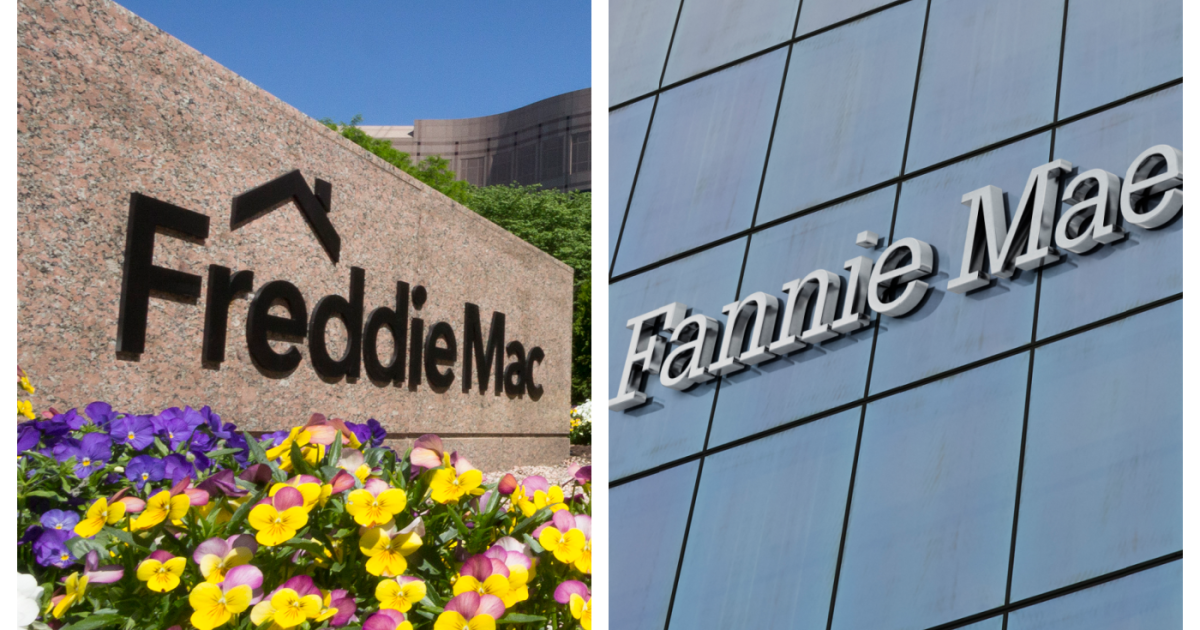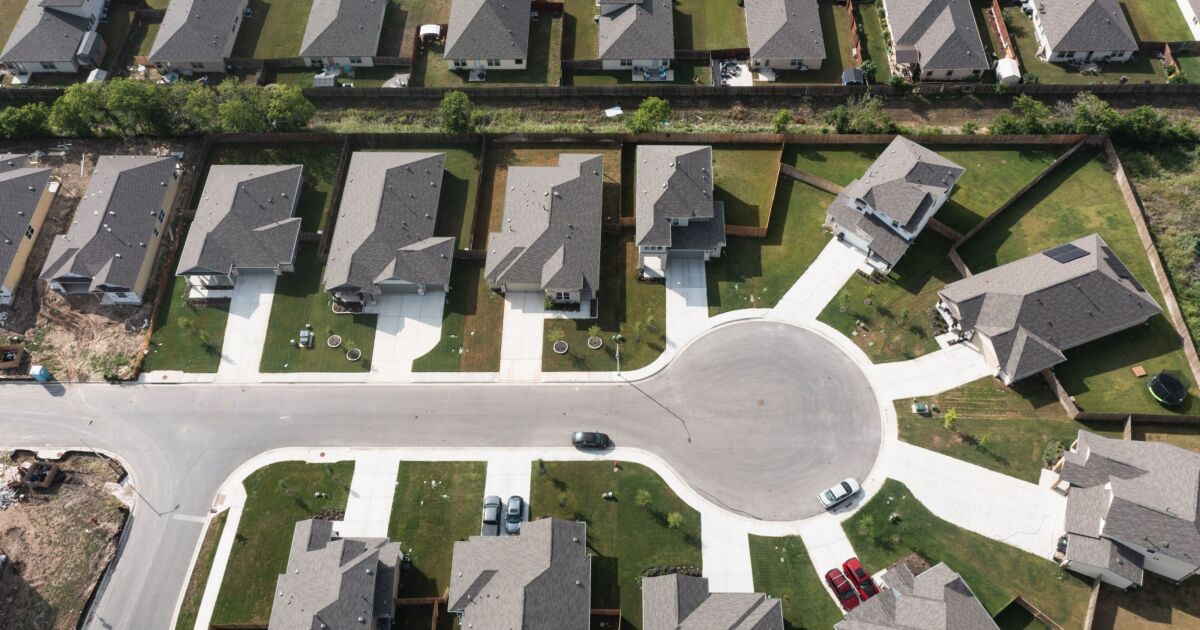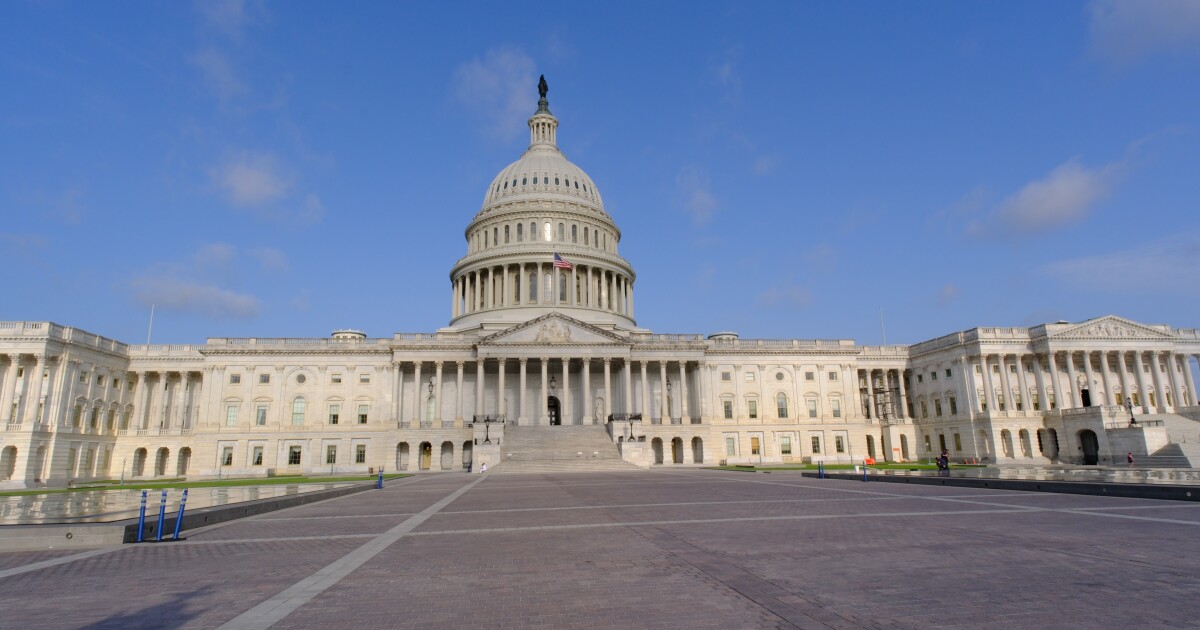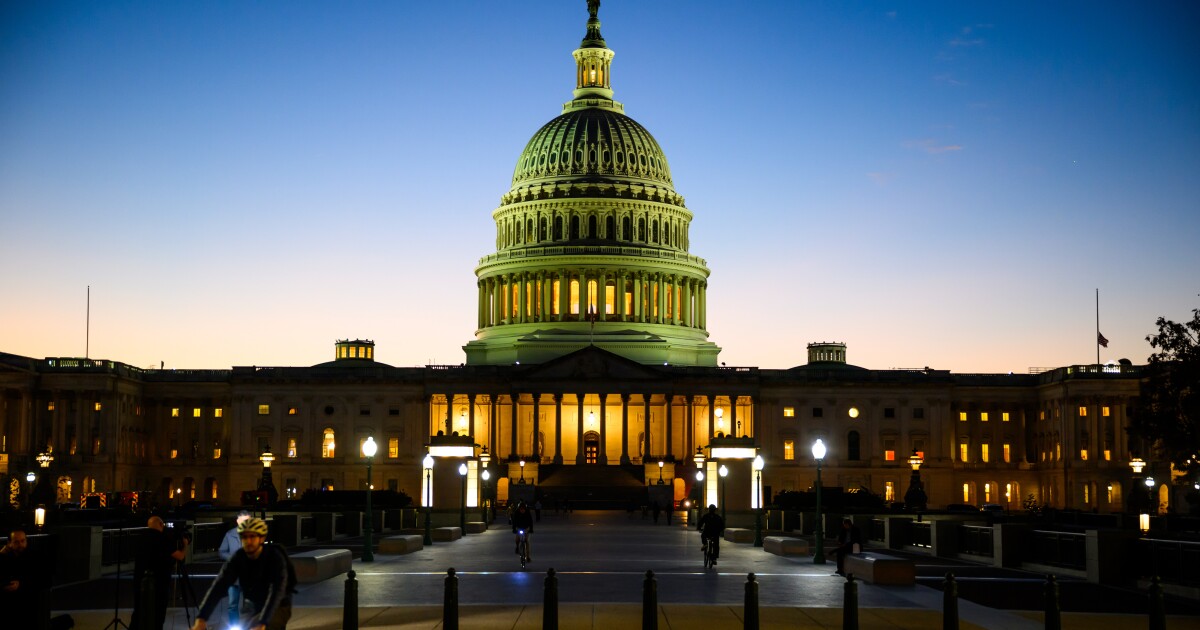
Loans delinquent by 12 months or more on the books of the
As of June 30, 54,311 non-performing mortgages sat in the portfolios of Fannie Mae and Freddie Mac, decreasing by more than 25%
The last time the delinquent total came in lower was at the end of 2019 when it dropped to 51,512, a few months before Covid altered the secondary market landscape.
But the GSEs conducted no private-market sales of the available non-performing portfolio between January and June last year, as both paused to reconfigure their programs with new foreclosure prevention measures and additional reporting requirements. At the end of 2022, the share of delinquent mortgages sold by Fannie Mae and Freddie Mac had fallen to 8,325, the third lowest number on record, representing just 4% of the total available at that time.
Several senators in 2023
Since program inception in 2014, the GSEs combined have sold 163,297 NPLs to private buyers, with requirements applied on the sales intended to help delinquent borrowers stay in their homes. Loans had an average delinquency period of 2.8 years, with total unpaid principal balance at time of settlement of $30 billion.
The average unpaid balance of NPLs sold was $184,231 at settlement.
Of the 160,576 NPLs sold with reportable outcomes at the end of last June, 39% managed to avoid foreclosure, improving from 38% in the late 2022 report. Of that total, 11.5% ended up receiving a permanent modification. Another 10.6% were defined as self cured and 10.2% were paid in full.
But an almost equal 40% share of non-performing loans went into foreclosure, down from 41% six months prior. Another 19% were classified as unresolved as of June 2023, either still undergoing a trial modification or delinquent and resold, down from 20% at the end of 2022.
Out of the total number of non-performing loans sold since 2014, New York, Florida and New Jersey account for approximately 40%, with each state responsible for a more than 13% share.
When servicers of NPLs were able to correspond with borrowers or a trusted advisor of theirs — defined as right-party contact — 46.6% of the loans managed to skirt foreclosure, compared to 25.8% when communication attempts were unsuccessful.
But 29.7% of right-party contact borrowers still ended up in foreclosure. The share, however, was well below the 57.2% among homeowners who were never reached.



